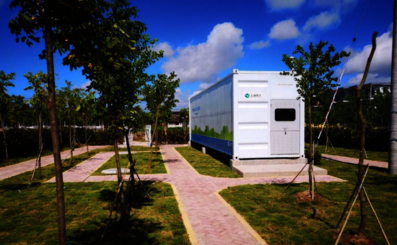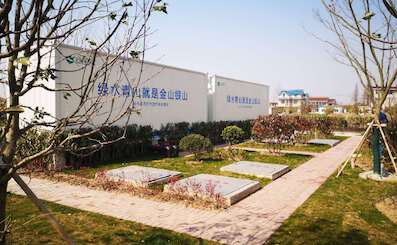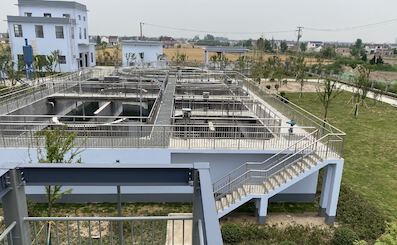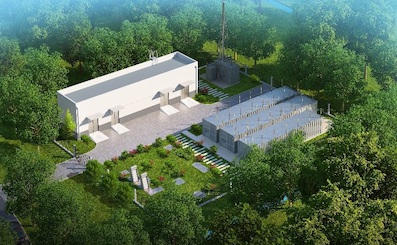PPP Project on Comprehensive Water Improvement in Qidong City
As an important city in the lower reaches of the Yangtze River Economic Belt (YREB), Qidong City is located at the northern end of the Jiangsu Province with the Yangtze River estuary in its south and the Yellow Sea in its northeast; the city is surrounded by water on three sides and shaped like a peninsula. For the capacity of Qidong city sewage treatment plant is insufficient, the water quality after treatment by the sewage treatment plants in townships and subdistricts is not up to standard, the river environment is poor, and the lack of water sources protection and low coverage of rural sewage treatment, the local government proposed to exert all efforts to protect the “last kilometer of the Yangtze River”. Under this background, the PPP project for comprehensive water improvement in Qidong City, led by Shanghai Electric, has been carried out.
The project adopted Shanghai Electric’s integrated water governance solutions and constructed a number of projects, including rural sewage management project, the construction project of Qidong second sewage treatment plant, urban river comprehensive improvement project, Jianghai sewage treatment plant west pipe network renovation project, sewage treatment plant upgrading project in townships and subdistricts, and Sanhe Port water conservancy hub project; in this way, the city created a model for the smart water conservancy construction in Nantong, Jiangsu Province, and even the whole country.

1) Social benefits
√ Improving the water quality of the river, which consequently contributes to the improvement of the city’s appearance, hygiene standards, the safety of drinking water and the protection of people’s health;
√ Improving the regional investment climate and environment for tourism, and promoting the overall development of economy, trade and tourism in Qidong City;
√ Effectively eliminating black-odor water body, contributing to economic development and social progress, thus yielding huge social benefits;
2) Economic benefits
√ Direct economic benefits:
Crossing fee collection the locks at the Sanhe Port Water Conservancy Hub can collect crossing fees from transport vessels travelling through the locks, which amount to approximately RMB 10,512,000 per year;
Benefits for flood control and flood removal: after the completion of the project, the losses from floods were mitigated, including losses from reduced agricultural production, losses caused by damage to urban and rural houses, facilities and materials, losses caused by industrial and mining shutdowns, commercial shutdowns and interruptions in traffic, electricity and communications, as well as expenses for flood control, rescue and disaster relief of over RMB 20 million per year.
√ Indirect economic benefits:
Reduction in water supply treatment costs and infrastructure costs due to pollution;
Avoiding the loss of aquatic products, livestock products and food crops due to pollution;
Protecting people’s health and reducing medical expenses;
Reducing the investment and the operating costs incurred by the sewage treatment of local enterprises, alleviating the burden on enterprises and creating conditions for the expansion and reproduction of enterprises;
Treated sewage can be used for agricultural irrigation; the sludge is rich in nitrogen, phosphorus and potassium (NPK), which are highly effective agricultural fertilizers; and the sludge cake can be used as feed for fish, which can create certain economic benefits;
3) Other benefits
√ Ecological and environmental benefits;Beautifying the living environment;
Improving the quality of life of the residents and fostering communication and compatibility between them;
Providing favorable conditions for the establishment of a local urban area suitable for tourism, residence and entrepreneurship.










 Shanghai PNS registry No. 31010102007087
Shanghai PNS registry No. 31010102007087